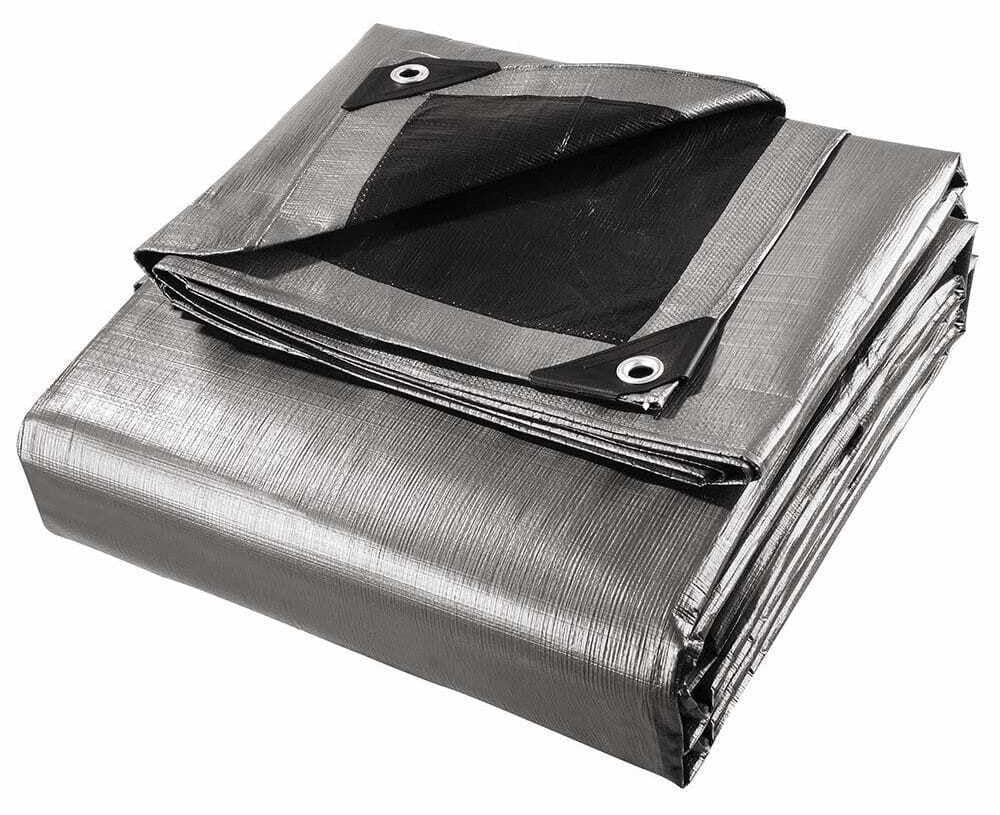The Best Tarpaulin Sheet for Heavy-Duty Applications
How to Choose the Right Heavy-Duty Tarpaulin
While choosing a Tarpaulin for heavy-duty applications, there are a few significant factors to consider. Picking some unacceptable tarp could bring about your materials not being as expected safeguarded from the components.
Consider Your Climate and Weather Conditions
The climate you really want to involve the tarpaulin in will significantly affect the material decision. In the event that you live in a space with heavy rains, extraordinary sun, or high breezes, you'll need a tarpaulin produced using heavier, more solid materials than some place with gentle weather. Know the common weather examples and pick a tarp that can withstand those conditions.
Think About Material Durability and Strength
Sturdier, thicker materials like vinyl-covered polyester or reinforced PVC are best for heavy utilization or outside, long haul storage. Lighter duty polyethylene functions admirably for intermittent purposes yet may not hold up to steady maltreatment. Inspect the tarpaulin weight — 10oz or heavier is great for heavy applications.
Inspect Tarpaulin Weight Ratings
Most producers will list the weight rating in ounces per square yard (oz/yd^2) which shows the material thickness. Heavier and thicker materials running between 10-16 oz/yd^2 will actually want to withstand more weight, mileage. Lighter tarps under 10oz ought to be stayed away from for heavy-duty utilizes.
Popular Heavy-Duty Tarpaulin Materials
Polyethylene Tarps
Tough and water safe, polyethylene (PE) tarps are reasonable and flexible however more fragile in cool temps. Best for light-medium applications under a year.
Polyester Reinforced PVC Tarps
More grounded, tear-safe PVC with polyester scrim layer. Withstands intensity, cold and wear well for 2-5 years. More adaptability than vinyl.
Vinyl Tarps
Solid, adaptable and waterproof. UV safe yet less tear/puncture safe than PVC/poly choices. Incredible for transient purposes 1-2 years.
Canvas Tarps
Breathable, tough texture withstands scraped area and tears well. Requires more support and doesn't hold up to components as long as plastic.
Key Features of Heavy-Duty Tarpaulins
While picking a Heavy Duty Tarpaulin, consider these significant features:
UV Resistance
UV coatings assist with shielding tarpaulin material from sun harm, blurring and weakening. Reinforced PVC and polyester/vinyl mixes have great UV resistance for long lifespan.
Waterproofness
A completely waterproof tarp sheds water effectively without spilling or pooling. Vented grommets and reinforced sewing keep up with waterproof seals long haul.
Tear and puncture resistance
Wind, scraped spot openness and incidental punctures are normal dangers. Reinforced scrim layers, thicker materials and covered creases upgrade puncture/tear resistance for durability.
Reinforced edges
Reinforced or twofold collapsed edges give structure and forestall tearing at emphasize focuses like corners. Premium tarps use vinyl or PVC strips for strength.
Grommet spacing
Heavier tarps utilize nearer grommet spacing (1-2 feet) for better weight circulation and wind resistance versus more extensive 3-4ft spacing on lighter tarps.
Maintaining and Storing Heavy-Duty Tarps
Legitimate consideration and storage can assist with expanding the existence of heavy-duty tarps:
Cleaning techniques
- For soil/flotsam and jetsam, hose tarp off and let completely dry prior to folding
- Utilize gentle cleanser and soft brush to detect clean tougher stains
- Keep away from cruel synthetic compounds which could harm tarp coatings
Drying and folding
- Spread out tarp totally and permit to completely air dry after use/cleaning
- For vinyl/plastic tarps, overlap in half the long way then accordion crease firmly
- Canvas might be moved to stay away from wrinkles
- Store in dry, covered region out of direct sun
Repair methods
- Use vinyl fix packs for tears or punctures in plastic tarps
- Build up with channel tape on the underside of tears in a canvas tarp
- Sew parts or support emphasize focuses for canvas
Lifespan expectations
- Polyethylene or vinyl tarps commonly last 1-3 years with appropriate consideration
- Canvas and reinforced vinyl/PVC might last 3-10 years
- Store/supplant tarps assuming that UV harm or punctures render unusable

